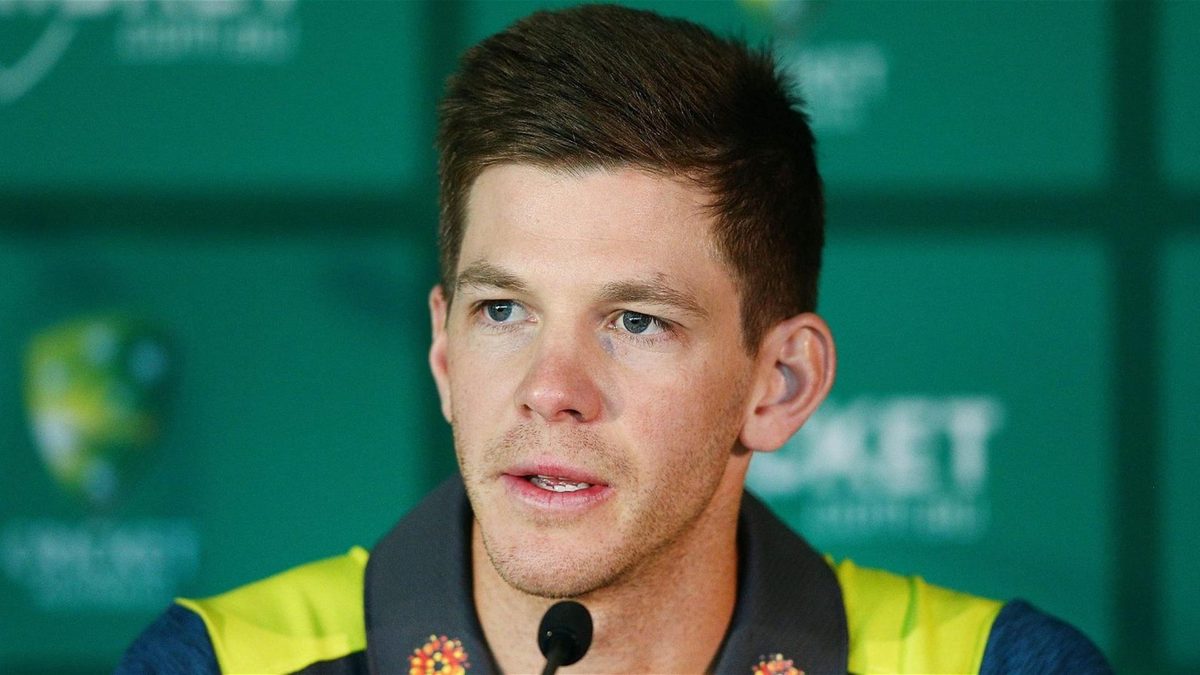
Tim Paine has alleged that South Africa engaged in ball-tampering in the Test match which immediately followed the Sandpapergate scandal.
The former Australia captain also suggested a cover-up by the host broadcaster for the series enabled the Proteas to escape without sanction.
The fourth Test of the 2017/18 series between South Africa and Australia was Paine’s first as captain of his country, with Steve Smith and David Warner both stood down from their leadership roles for their part in a plot which saw Cameron Bancroft use sandpaper to attempt to alter the condition of the ball.
Paine’s own captaincy career also ended in ignominy, with him forced to resign after it was revealed he had sent explicit images to a female co-worker. In a new book, The Price Paid, a story of life, cricket and lessons learned, he alleges that South Africa also illegally interfered with the ball during that series.
“I saw it happen in the fourth Test of that series,” wrote Paine. “Think about that. After everything that had happened in Cape Town, after all the headlines and bans and carry on. I was standing at the bowlers’ end in the next Test when a shot came up on the screen of a South African player at mid-off having a huge crack at the ball.”
According to Paine, the match officials were alerted to the potential breach of the rules, with Australia suspecting ball-tampering throughout the series. He also suggests foul play in the disappearance of any evidence of South Africa’s misdeeds: “The television director, who had played an active role in catching out Cam [Bancroft], immediately pulled the shot off the screen. We went to the umpires about it, which might seem a bit poor, but we’d been slaughtered and were convinced they’d been up to it since the first Test. But the footage got lost. As it would.”
The revelation comes days after Faf du Plessis, South Africa’s captain at the time, revealed in a book of his own that the Proteas felt Australia had tampered with the ball before the Sandpapergate Test.
“During the first Test in Durban, the Australian pace attack had got the ball to reverse insanely,” writes du Plessis. “Mitchell Starc claimed nine wickets and, although I regard him as one of the best proponents of reverse-swing bowling I have ever seen or faced, those deliveries in Durban were borderline unplayable.
“He would come in around the wicket with a badly deteriorated ball and get it to hoop past us. Our balls had also reversed but not nearly as much as theirs. We watched the second Test at St George’s through binoculars so we could follow the ball more closely while Australia was fielding.”
Outside of the Sandpapergate trio, the Australia team has always claimed they had no knowledge of any attempts to alter the condition of the ball.








